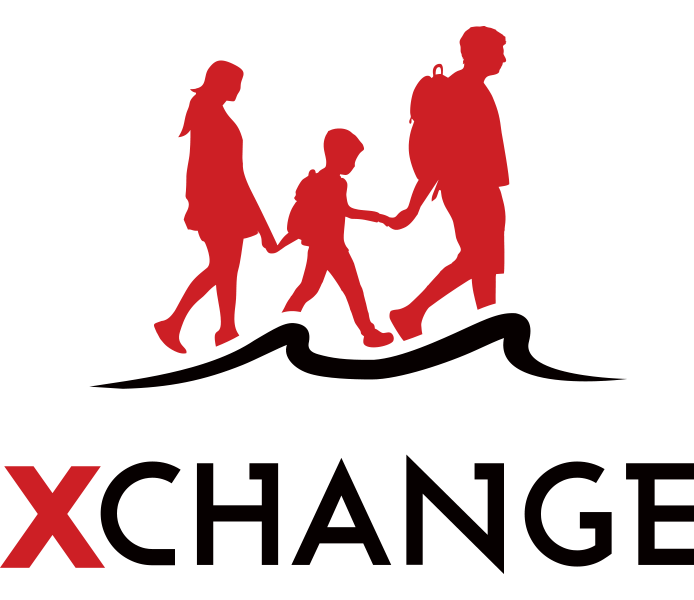Sudan has been grappling with a complex refugee crisis for decades. This humanitarian emergency stems from various factors, including internal conflicts, political instability, and regional unrest.
A Legacy of Conflict: The Roots of Displacement
Sudan’s history is marked by periods of civil war and political turmoil. The most prominent conflict, the Second Sudanese Civil War (1983-2005), pitted the Muslim-dominated north against the predominantly Christian and animist south. This brutal war displaced millions within Sudan and forced many to flee to neighbouring countries like Uganda, Ethiopia, and Kenya.
Sudan has witnessed a protracted series of coups d’état, totalling 19 coup attempts, of which 7 were successful, which places Sudan as the African nation with the most coup attempts.
Beyond the north-south divide, ethnic and political tensions in Darfur, a region in western Sudan, erupted in violence in 2003. The government’s brutal counterinsurgency campaign led to widespread human rights abuses, mass displacement, and a humanitarian catastrophe. The International Criminal Court (ICC) even issued arrest warrants for Sudanese officials accused of war crimes and crimes against humanity.
April 15th, 2023 marked the beginning of a violent conflict in Sudan. Clashes between Sudan’s paramilitary Rapid Support Forces (RSF) and the Sudanese Armed Forces (SAF) erupted in the capital, Khartoum, sparking a wave of violence that engulfed the nation. As the civil war enters its second year, Sudan remains locked in a deadly power struggle. On March 8, 2024, the UN Security Council (UNSC) passed a resolution calling for an immediate cessation of violence in Sudan. Stalled peace talks and continued intransigence by the leaders of the two factions fuel the ongoing violence, further complicated by regional and international actors aligning with opposing sides.
The Humanitarian Crisis
The conflict is causing violence, devastation, loss of lives, hunger, and displacement. The situation is dire, especially in densely populated areas like Khartoum, Gezira States, Greater Darfur, and Greater Kordofan. Humanitarian needs across Sudan are at record highs, with 24.8 million people, or every second person, needing assistance in 2024. This is 9 million more than in 2023. The conflict in Sudan has compounded existing challenges, particularly in food security and access to medical care.
The UN continues to plead for more support as deteriorating food security risks triggering the “world’s largest hunger crisis.”
According to the IPC analysis, approximately 17.7 million people in Sudan, which amounts to 37% of the population, faced high acute food insecurity in 2023. The disruption of agricultural activities and soaring food prices have left millions at risk of famine and malnutrition. A staggering 14 million children are in desperate need of lifesaving assistance. Approximately 70% of health facilities in conflict-affected areas have been rendered non-functional, exacerbating the risk of disease outbreaks and limiting access to essential healthcare services. As declared by the women’s rights group Strategic Initiative for Women in Horn of Africa (SIHA), last July more than 70 cases of conflict-related sexual and gender-based violence were recorded across the country.
The Human Cost of Displacement
The human cost of the refugee crisis in Sudan is staggering. According to the Council of Foreign Relations, since the conflict began, almost 15,000 people have been killed, and more than 8.2 million have been displaced, giving rise to the worst displacement crisis in the world, surpassing even Ukraine and Syria. A staggering 20,000 people are forced to flee their homes in Sudan each day, half of them children, losing their livelihoods, communities, and sense of security, according to last report by the International Organization for Migration’s (IOM) Displacement Tracking Matrix (DTM). Internally Displaced Persons (IDPs) within Sudan face precarious living conditions in overcrowded camps, often lacking basic necessities like food, water, sanitation, and healthcare. Children are particularly vulnerable, with limited access to education and an increased risk of child labour and exploitation. The psychological impact of displacement is profound. Refugees grapple with trauma, loss, and uncertainty about their future. This can lead to anxiety, depression, and other mental health issues.
Nearly 2 million displaced Sudanese have fled to unstable areas in Chad (36%), South Sudan (31%), and Egypt (25%), overrunning refugee camps and prompting concerns that Sudanese refugees could soon attempt to enter Europe. Over half (approximately 53%) of individuals internally displaced were children, under the age of 18 years old. Approximately 22 per cent were children under the age of 5 years old. Nearly 700,000 people have fled from extreme violence in Sudan to eastern Chad, putting a strain on one of the world’s poorest countries. As indicated by the Norwegian Refugee Council “despite a long history of people escaping violence in Darfur by crossing into Chad, both the scale and rate of the current displacement is unprecedented”. Refugees in Chad now find themselves lacking even the most basic support necessary for survival. According to the World Food Programme (WFP), in South Sudan, where 600,000 people have sought refuge, “one in five children in border transit centres suffers from malnutrition”.
Additionally, Sudan hosted approximately 13 per cent of all internally displaced persons from South Sudan, Nigeria, Ethiopia, and refugees of other nationalities who had previously fled their countries and were being hosted in Sudan. According to Human Rights Watch “Sudan’s encampment policy imposes movement restrictions by requiring asylum seekers and refugees to stay in designated camps. Outside camps, some refugees and asylum seekers were subjected to arrest, detention, harassment, or extortion”.
Key risks for 2024
The IRC 2024 Emergency Watchlist report indicates a list of risk that in the coming months could mark the dramatic situation of Sudan: limited prospects for an end to the conflict; the health system will be on the brink of complete collapse, exposing Sudan’s population to growing risks of disease; the conflict will continue to destroy the economy increasing poverty; food insecurity will continue to deepen as conflict leads to rising prices and agricultural disruption; extreme levels of internal and external displacement will persist, driving impacts across the region.
Conclusion: A Shared Responsibility
The refugee crisis in Sudan is a complex and ongoing challenge. It is a story of resilience in the face of immense hardship, but also a stark reminder of the human cost of conflict and displacement. By working together, the Sudanese government, international organisations, and the global community can create a future where everyone has the right to live in safety and dignity.



